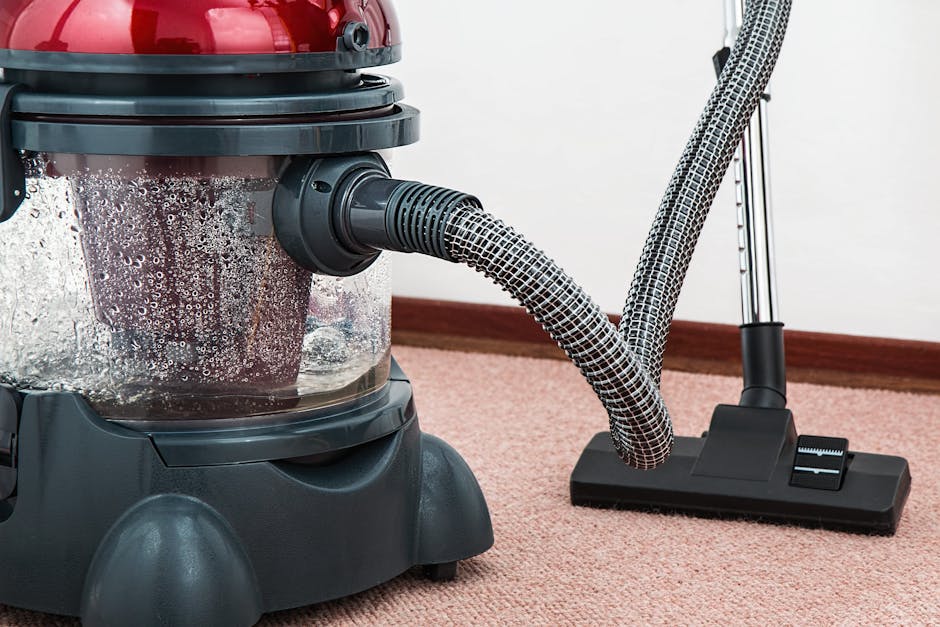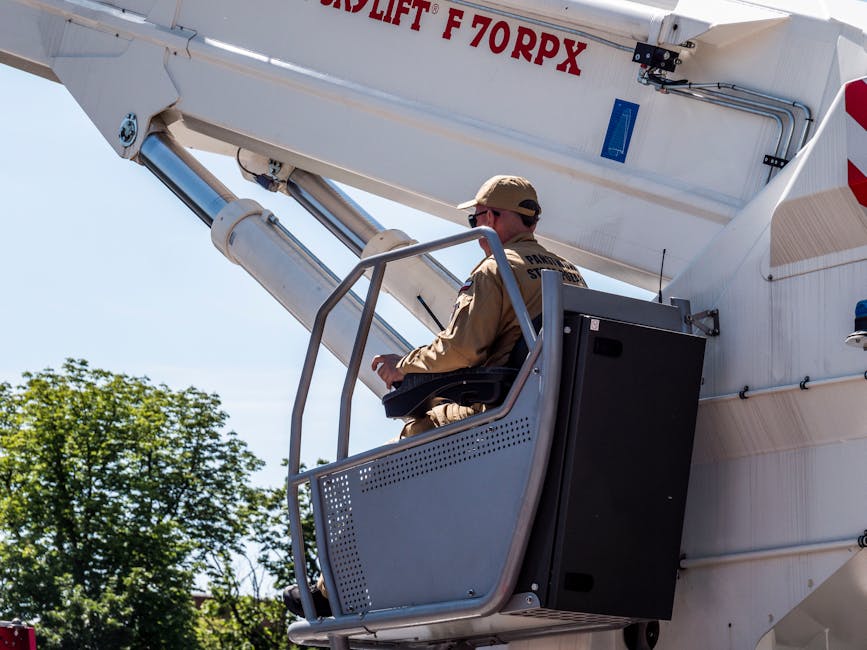Essential Buying Guides

Central Vacuum System Selection
Choosing the right central vacuum system requires understanding your home's square footage, the number of inlets needed, and power unit specifications. Key factors include:
- Power Unit Capacity: Match motor power to home size (typically 500-700 air watts for standard homes)
- Filtration Type: Cyclonic, HEPA, or hybrid systems based on allergy concerns
- Noise Level: Power units in garages minimize indoor noise
- Warranty Coverage: Look for 5-10 year motor warranties
Professional installation ensures proper pipe sizing, adequate airflow, and optimal inlet placement. The difference between DIY and professional installation often becomes apparent in system performance and longevity.

Equipment Maintenance Fundamentals
Regular maintenance extends equipment life and maintains peak performance. Essential maintenance tasks include:
- Filter Cleaning: Monthly filter inspection and cleaning prevents airflow restriction
- Bag/Canister Emptying: Empty when 2/3 full to maintain suction power
- Hose Inspection: Check for clogs, cracks, or seal damage annually
- Brush Roll Care: Remove tangled hair and debris monthly
Many performance issues stem from neglected maintenance rather than equipment failure. Establishing a regular maintenance schedule prevents most common problems and extends system lifespan significantly.

